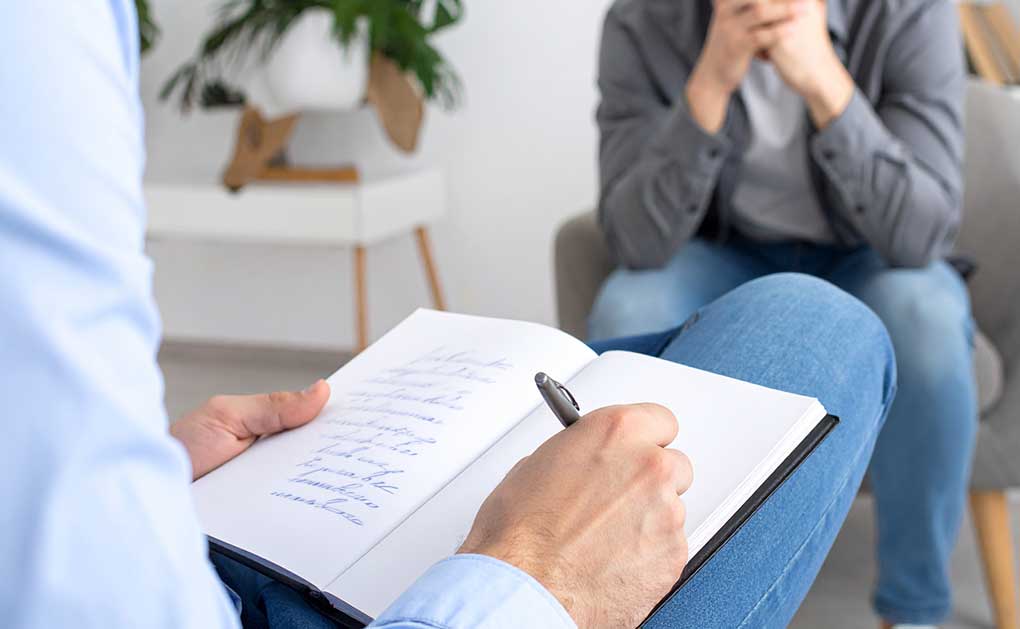Bridging Lives and Interfaces: What Counseling Taught Me About UX
Long before I discovered the field of user experience design, I was applying empathy and problem-solving skills to help students and inmates navigate institutional challenges during some of the most difficult times of their lives.

Prior to my career in tech, I worked in two very different but deeply human-centered counseling roles. First, while pursuing my bachelor’s degree in Business Marketing at California State University, Bakersfield (CSUB), I worked as a peer counselor helping underprivileged students navigate the complexities of university life.
Later, I served as a counselor at Kern Valley State Prison (KVSP), a Level IV maximum-security facility, where I taught life skills and helped inmates adapt to the structure of prison life.
Despite the vastly different settings, these roles taught me a shared lesson: when people are overwhelmed by systems, good guidance and thoughtful communication can make all the difference. This insight now forms the core of how I approach user experience design.
The Challenge
Higher education and correctional environments are filled with bureaucratic friction. Whether it was a first-generation college student unsure about financial aid, or an inmate trying to access rehabilitation programs, the process was overwhelming and unclear.
My Role
While at CSUB, I supported students by:
- Providing one-on-one support to students facing academic and financial challenges.
- Interpreting complex university processes into clear, actionable steps.
- Connecting students with the right campus resources at the right time.
At KVSP, I helped inmates by:
- Providing one-on-one and group counseling to men in a high-stress, high-security environment.
- Creating lesson plans that were relevant and relatable, despite wide differences in literacy levels and learning styles.
- Supporting inmates in rebuilding confidence, making thoughtful decisions, and finding purpose within a rigid and often dehumanizing system.
The UX Mindset in Action
Without knowing it at the time, I was practicing core UX principles:
User Research: I listened carefully to each individual’s story, identified their pain points, and asked targeted questions to better understand their challenges before offering guidance.
Information Architecture: I broke down complex systems into clear concepts and step-by-step instructions — for example, at CSUB, I created visual class planning sheets that helped students map out their prerequisites, electives, and graduation timeline at a glance.
At KVSP, I structured treatment plans into weekly modules with clearly labeled goals and progress points, making it easier for inmates to understand what they were learning and why it mattered.
Accessibility: I adapted content and tone based on the learner’s needs, whether they were ESL students or inmates with limited formal education. Over time, I also learned that how something is said often makes more impact than what is said.
A calm tone, respectful body language, or even just pausing before responding made people feel heard and respected, especially in environments where trust was fragile. This taught me that clarity and empathy go hand-in-hand in both communication and design.
Empathy Mapping: Similar to how UX designers create empathy maps to uncover user emotions, I paid close attention to frustration, fear, and uncertainty to guide my responses with care and understanding. For example, with first-generation college students, I could sense when anxiety around financial aid or fear of “asking the wrong question” was holding them back — so I adjusted my tone, broke the ice with relatable stories, and reassured them that confusion was normal.
At KVSP, I paid close attention to body language and mood shifts, especially when discussing sensitive topics like the circumstances of their conviction or prison politics. If someone appeared withdrawn or defensive, I adapted the pacing of the session and used open-ended questions to rebuild trust and make the environment feel safer. These moments taught me how to create space for vulnerability, a mindset I now carry into user interviews, presentations, and stakeholder discussions.
Results and Reflections
Students who once felt lost gained the confidence to move forward.
Inmates who had never trusted authority figures began asking thoughtful questions and engaging in their growth.
These were signs that clear, empathetic guidance had opened up possibilities.
Today as a UX designer, I draw on these experiences to:
- Build interfaces that minimize cognitive load (clarity).
- Design from the user’s point of view (empathy).
- Anticipate and prevent user pain points (error prevention).
These roles didn’t just prepare me for a career in UX design—they were proof that when you communicate with empathy and clarity, you can help solve meaningful problems that shape people’s lives in lasting ways.
